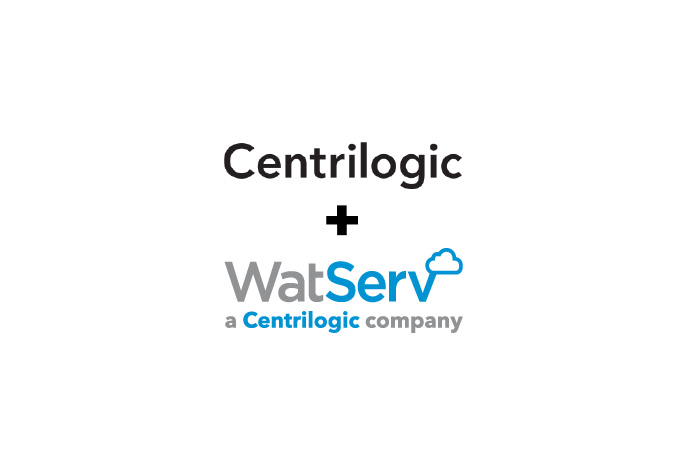Get More Value from Your Cloud Solutions Provider with These 5 Tips
As organizations increasingly move towards cloud and digital-based strategies, the entire ecosystem of operations, infrastructure, IT leadership and project management requires an elevated level of sponsorship and support. For many organizations, this means an important and strong reliance on cloud solution providers. The cloud solutions partner you choose to engage with must come to the table with value drivers that are hard-wired to your business outcomes. Simply meeting SLAs is important, but not enough.
Your chosen IT partners should be a fundamental part of your digital and cloud journey. This means not only providing day-to-day solution expertise, but also being your first call to support new challenges and working with you to plan for strategic needs. Ultimately, your IT partners play a key role in creating value throughout the business lifecycle. The following are 5 must-have capabilities you should expect to receive from your technology partners.
1. Success Planning
In addition to managing project outcomes, your partners should also be discussing your overarching business goals, how you plan to achieve them, and the barriers/challenges expected along the way. Partners that work with you to establish mutual milestones and success indicators will be able to align their resources to your success and make outcomes tangible and measurable.
What good looks like: Discussions around your key strategic objectives, including specific goals to improve revenue, increase efficiency, save costs and reduce risks should be iterative and should result in documented artifacts (e.g., Success Plan or Account Plan) that tie your business goals to the success of your solution provider.
2. Proactive Cost Management
Cost tends to be a key factor in the initial decision-making process when choosing a solution provider, but as the services are delivered and managed, an ongoing review of cost savings opportunities is equally important. Increases to monthly cloud-related costs can typically be due to organization-dependent factors like users, storage and consumption, but your solution partners should be bringing cost fluctuations (e.g., upward patterns, outliers, etc.) to your attention with related strategies on how to optimize spend.
What good looks like: The key to managing budget over-runs is access to accurate data and insights. Partners should be forthcoming with detailed analyses of historical and forecasted resource and data consumption patterns to support right-sizing, as well as insights on where other optimization opportunities exist across the infrastructure lifecycle.
3. Planning Ahead
If future-state planning discussions with your partners come after your internal business planning and budgeting cycle, the process may be lacking effectiveness. The role of a strategic IT partner is to understand your needs and proactively provide solution guidance based on market trends and innovation. This then forms the basis for potential projects and initiatives that augment your business planning decisions.
What good looks like: Partners should be injecting their guidance through ongoing discussions of relevant industry trends, as well as by regularly asking the question, “What do you currently have on your whiteboard?“. Ultimately, the outcomes are mutually beneficial and are threefold: alignment on necessary initiatives for your organization that are not an after-thought; support with technology selection with cost, security and other risks considered; and assurance that your technology roadmap is aligned with both industry trends and strategic business goals. On a tactical level, partners should also be arming you with projections of annual spend numbers, timelines and project delivery costs as inputs to the business planning cycle.
4. Improving Operational Hygiene
When your IT partners work hand-in-hand with your teams, they become an extension of your organization and thus should be focused on finding value-add across all areas of the business. Whether the interactions are through projects, problem resolution or just day-to-day management, partners have a unique vantage point and can apply a lens of continuous improvement.
What good looks like: Partners should bring a continuous focus on making recommendations to mitigate people/process/technology pain points. These may not always be big-ticket items and could even be minor changes that enhance ways of working, creating good “hygiene” across processes and workflows.
5. Receiving Feedback Openly
Feedback channels can lead to greater intimacy and strong connections between your needs and your IT partner’s effort. It’s to the partner’s benefit to make it easy and simple for you to provide feedback, as well as create transparency on where they are focusing improvement efforts.
This is a key area where the ‘advocacy’ component of your partner’s role can really stand out. Is there someone who owns and collects feedback from multiple layers in your organization and various formal and informal channels, and then feeds those insights back to relevant staff in their organization? Ultimately, are your partners willing to constantly evolve and learn to meet the needs of their clients?
What good looks like: Actioning feedback from clients requires both accountability and alignment, and the role of your relationship manager should be to deliver on both aspects. Trusted partners will not only strive to obtain clear and honest feedback, but will also ensure follow-through by presenting and distributing it to their organization, planning against required actions, and delivering on improvements that create impact for the client.
Summary
A partnership approach that goes beyond point-in-time planning discussions and provides continued strategic-level engagement throughout the journey will help drive value for your organization.
____
If you’re facing challenges achieving tangible outcomes, we invite you to reach out to us. We’d be happy to discuss how you can source more value from your IT partners, or any of the topics above. At WatServ, we strive to be proactive and outcome-oriented, from our sales decisioning-making process through to planning, implementation and the ongoing management of cloud services.

CASE STUDY
WatServ Managed Services Enable Davey Textile Solutions to Focus on Business Imperatives, Innovation & Customer Value
WatServ demonstrates best-in-class capability and market leadership through proven technology and customer commitment.
About
WatServ is an IT solutions provider that helps organizations digitally transform through cloud technologies and managed services.
Serving clients as a trusted advisor since 2006, WatServ provides experience-tested, strategic solutions across all stages of the digital transformation journey. Clients choose WatServ to migrate infrastructure and applications to the cloud, secure critical data, implement disaster recovery, deploy virtual desktop, enable data-readiness for productivity solutions and manage IT environments.
Our clients span a broad range of industries, and we’re a global supplier of IT services for many Brookfield Portfolio Companies. To help our mid-size clients, we provide scalable offerings that simplify cloud adoption and drive business optimization. For enterprise clients, we co-create cloud solutions that enable stability and efficiency for complex IT tools and processes.
With more than 15 years of experience, WatServ has a track record of delivering quantifiable business results and a superior client experience. Ranked as one of Canada’s Top 100 Solution Providers for the last three years in a row, WatServ is always on.

